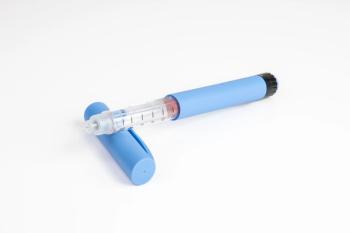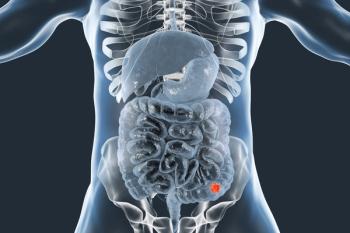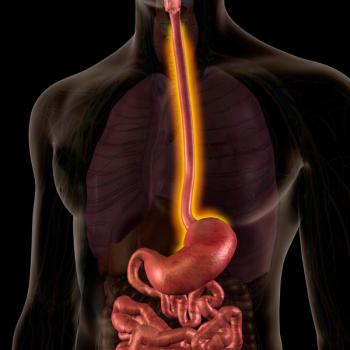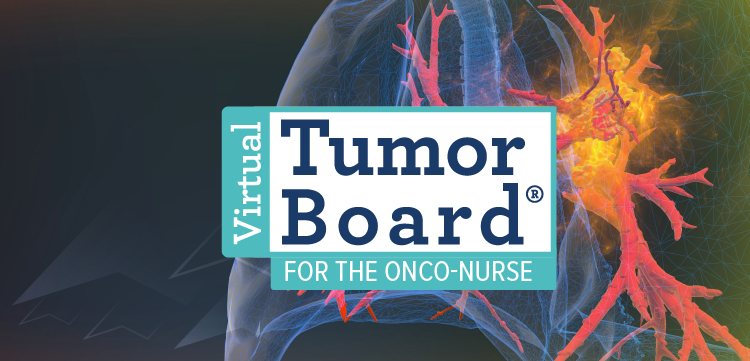
New Dual-Modality Endoscopy Method Aims to Improve Early Detection of Esophageal Cancer
According to the American Cancer Society, about 22,000 new esophageal cancer cases were diagnosed in 2025 in the U.S., and over 16,000 deaths were attributed to the disease. Risk factors for this carcinoma include obesity, gastroesophageal reflux disease (GERD) and Barrett’s esophagus.
Esophageal cancer makes up about 1% of all cancer cases in the U.S., and it affects over 600,000 people globally each year. According to the American Cancer Society, about 22,000 new esophageal cancer cases were diagnosed in 2025 in the U.S., and over 16,000 deaths were attributed to the disease. Risk factors for this carcinoma include obesity, gastroesophageal reflux disease (GERD) and Barrett’s esophagus.
Barrett’s esophagus is a condition in which the normally flat epithelial cells of the esophagus gradually change to resemble columnar cells in the intestinal tract. The condition is the only known precursor of esophageal cancer, and it is estimated to affect over 300 million people worldwide. The exact cause of Barrett’s esophagus is not known, but chronic esophageal mucosal damage caused by GERD is thought to play a role.
If detected at an early stage, esophageal cancer has a 5-year survival rate of almost 50%, but this number drops to 5% with late-stage diagnosis. Although early detection significantly improves survival rates, some current screening methods can miss a large percentage of early cancerous lesions.
One reason
Other precancerous conditions, such as achalasia, can develop slowly, with cancer sometimes appearing 15 to 20 years after onset. Even when symptoms such as difficulty swallowing or unintentional weight loss do occur, they often signal more advanced disease.
The long latency period of certain risks—such as chemical injury to the esophagus or rare inherited syndromes—further complicates timely diagnosis. Because these risk factors are widespread or underrecognized, targeted screening can be difficult, and many cases go undetected until they are at a stage when treatment options are more limited and less effective.
In an effort to improve technologies for early detection of esophageal cancer, a team of researchers from Helmholtz Munich, the Technical University of Munich, and the Medical University of Vienna developed an endoscopy imaging method that can potentially detect early cancerous lesions in the esophagus.
The team, led by Qian Li, a postdoctoral researcher at the Medical University of Vienna, examined the esophagus of animals as well as tissue samples from patients with Barrett’s esophagus. Using a dual modality imaging technique, Li and his team successfully detected differences between healthy tissue, mucosa with unusual cellular changes, precancerous lesions, and cancerous tissue.
The research results were published recently in
The technology, called O2E, combines optical coherence tomography to capture tissue structures and optoacoustic imaging to detect micro blood vessels in deeper tissue layers using light pulses and ultrasound detection in an endoscopy capsule. The imaging system generates high-resolution, three-dimensional images of esophageal tissue.
Earlier this year, the European Innovation Council (EIC), funded by the European Union, started a new EIC Pathfinder project called ESOHISTO to enhance the O2E capsule for clinical use. Pathfinder projects focus on early-stage, high-risk research with the potential for significant technological breakthroughs and transformative economic and societal impact.
The researchers believe that this early detection technology could not only benefit patients but also significantly lower the cost of esophageal cancer treatment by cutting down on the number of more expensive advanced treatments.
Newsletter
Get the latest industry news, event updates, and more from Managed healthcare Executive.





















































